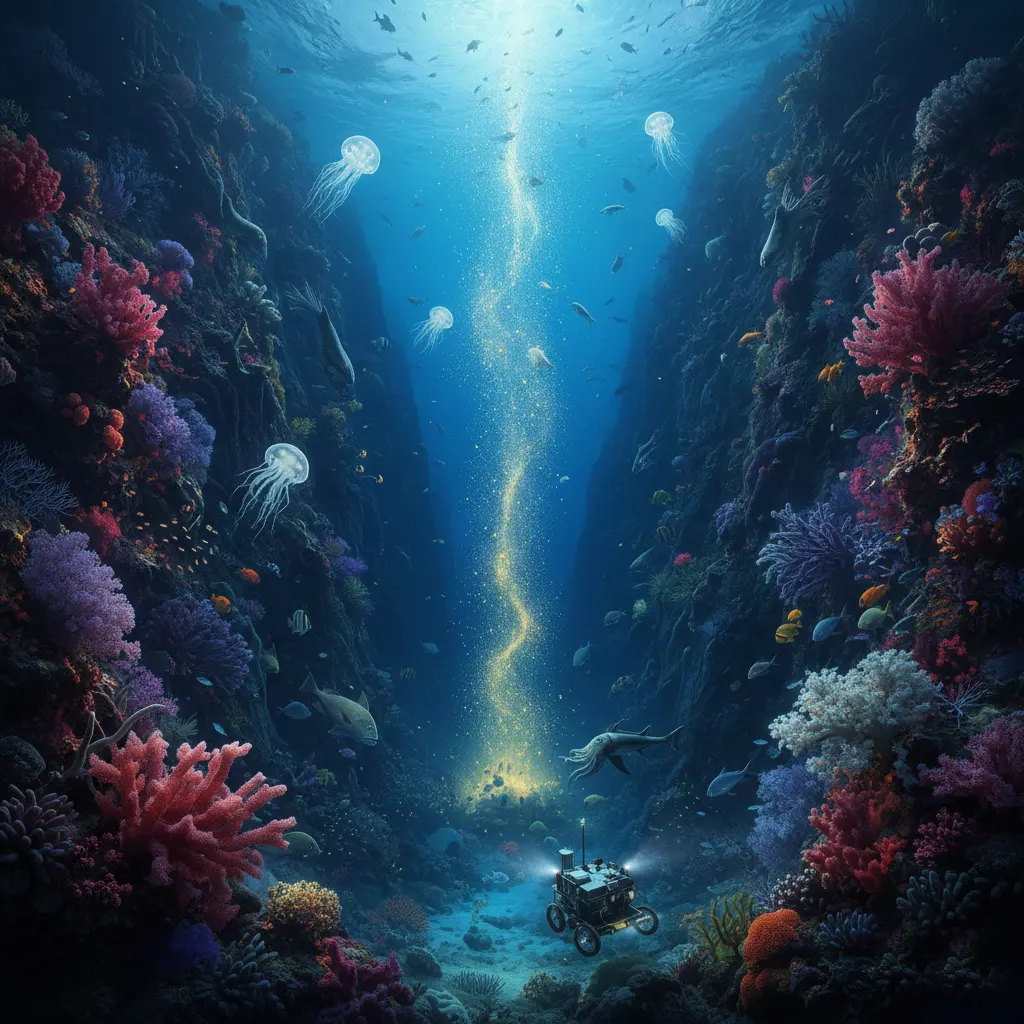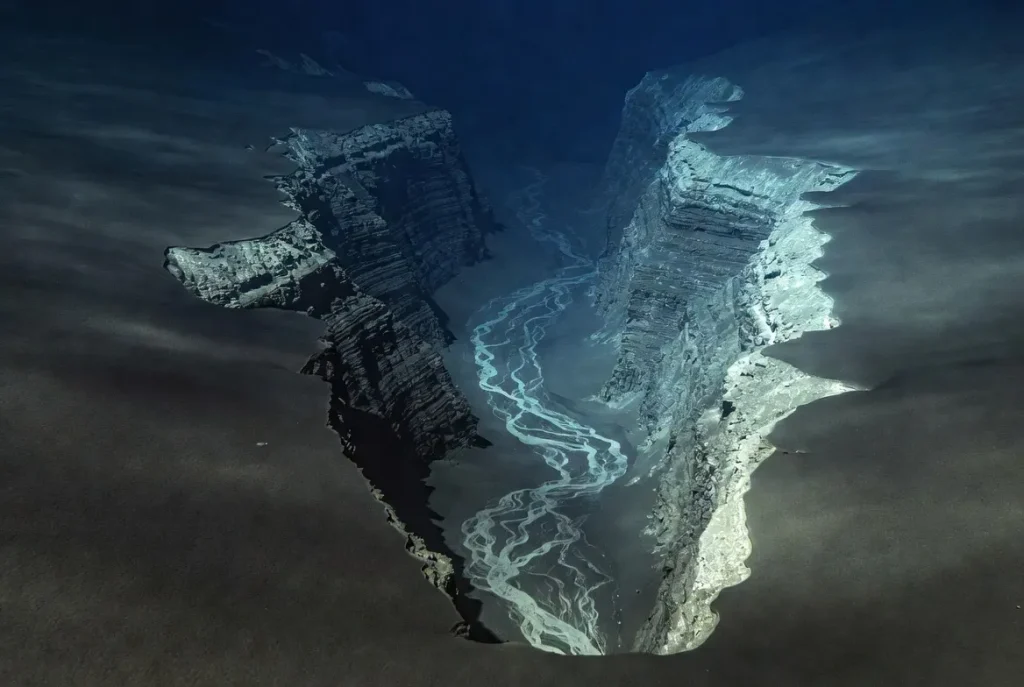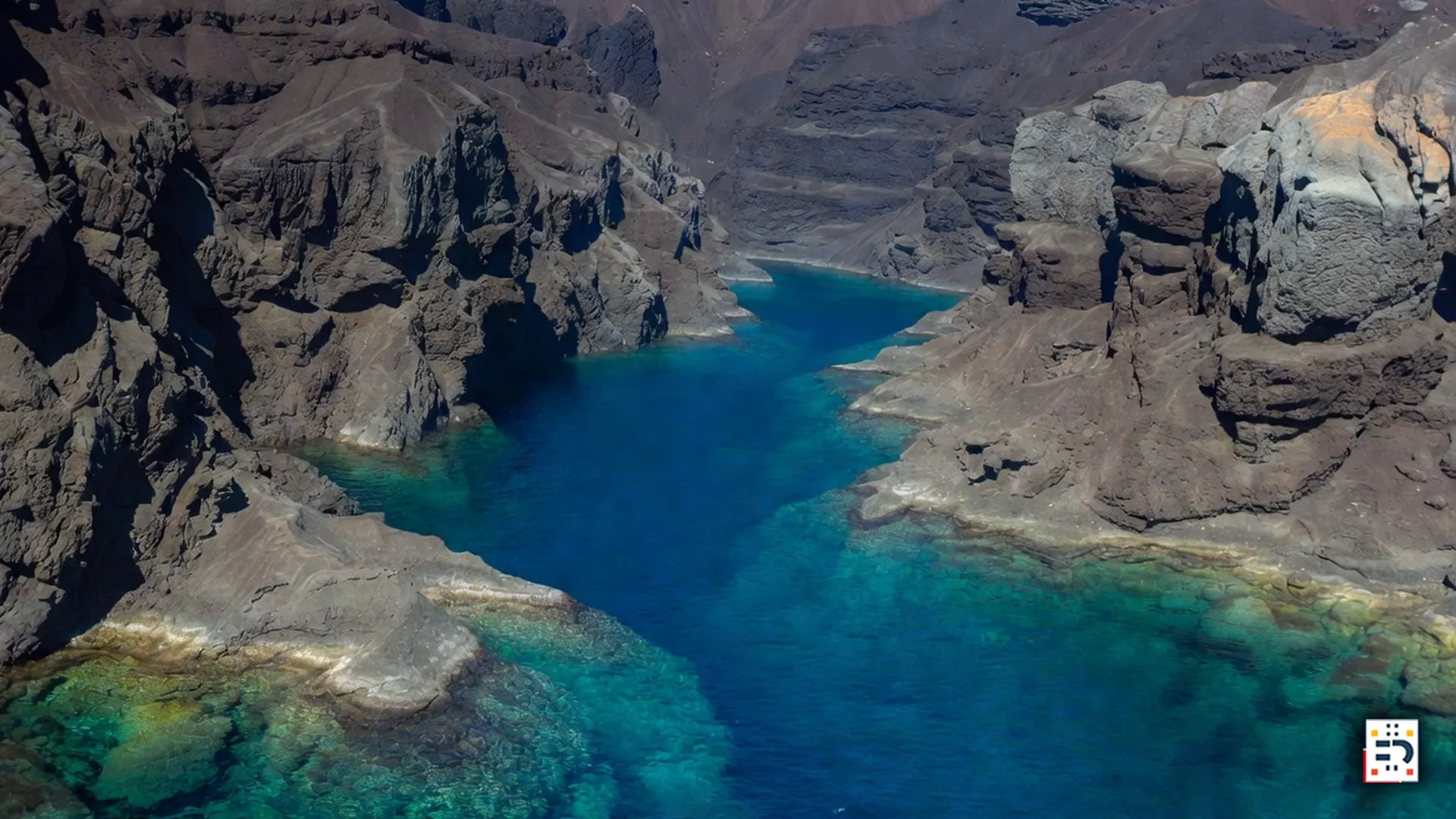Introduction: Nature’s Hidden High-Rises Beneath the Waves
Skyscrapers aren’t just found in cities — some of the planet’s tallest “structures” exist deep under the sea. Known as submarine canyons, these massive valleys carved into the seafloor act as bustling biodiversity hotspots, driving nutrient flow, supporting complex food webs, and even storing carbon.
In the U.S., growing research is revealing the critical climate and ecological role these underwater formations play — and why protecting them is more important than ever.
What Are Submarine Canyons — And How Do They Form?
Submarine canyons are deep, steep-sided valleys that cut into the continental shelf and slope. They were long believed to be shaped mostly by erosion from turbidity currents, but new research from 2025 shows that steep seafloor slopes are the strongest predictors of canyon formation.
Read more: U.S.-affiliated research on canyon formation (Phys.org, 2025)
These canyons act like underwater highways, where currents concentrate nutrients and organic matter — making them hotspots of deep-sea life.

Why Submarine Canyons Are Biodiversity Hotspots
1. Nutrient Upwelling & Food Supply
The steep walls of canyons drive upwelling, pulling nutrient-rich deep water toward the surface. They also accumulate “marine snow” — sinking organic matter — that feeds deep-sea organisms.
U.S. researchers have mapped how this organic matter moves and how canyon fauna consume it.
USGS deep-sea food web study
2. Complex Marine Habitats
Canyons offer ledges, overhangs, rock faces, and sediment plains, creating diverse microhabitats.
A major U.S. coastal geology report documents how canyon species differ from slope species.
USGS canyon biodiversity findings
3. Distinct Food Webs in U.S. Waters
A 2024 USGS study mapped “consumer isoscapes,” revealing that organisms living in U.S. submarine canyons — especially Baltimore and Norfolk Canyons — rely more on fresh organic matter than species on the adjacent slope.
These canyons support heterogeneous, intricate food webs, unlike surrounding areas.
USGS deep-sea food web press release

4. Nurseries & Refuges for Marine Life
Far from barren, U.S. canyon ecosystems are home to spectacular coral communities. NOAA-led dives documented vibrant coral “forests” in Atlantic U.S. canyons, including massive bubblegum corals.
NRDC deep-sea coral discoveries off the Atlantic Coast
These deepwater corals create shelter for fish, crustaceans, and countless invertebrates, supporting regional marine biodiversity.
5. Carbon Storage & Climate Regulation
Submarine canyons serve as carbon sinks, trapping organic matter that would otherwise break down and release CO₂.
U.S. research shows that carbon concentration varies dramatically between canyon and slope areas.
USGS canyon carbon-isotope analysis
Recent U.S.-Centric News (2024–2025)
✔ USGS Mapping of Deep-Sea Food Webs (East Coast, 2024–2025)
The U.S. Geological Survey conducted landmark isoscape mapping of Baltimore and Norfolk Canyons, showing deep-sea organisms are 13C-depleted and fueled by fresher organic matter.
USGS announcement
This research is key for predicting how climate-change-driven shifts in surface productivity will alter deep-sea ecosystems.
✔ U.S. Atlantic Ocean Coral Discoveries (NRDC, 2024)
NOAA and scientific partners found surprising biodiversity in U.S. Atlantic canyons — including coral species that may be new to science.
NRDC report
✔ New Global Seafloor Mapping with U.S. Relevance (2025)
A June 2025 study found that canyon formation correlates strongly with seafloor slope steepness — vital knowledge for predicting canyon distribution along the U.S. West Coast and Alaska.
Phys.org canyon formation study

Why This Matters for the United States
🇺🇸 U.S. national security & climate strategy
Canyons are critical for carbon storage and ecological stability.
🇺🇸 Fisheries & coastal economies
Species benefiting from canyon habitats support regional fishing industries.
🇺🇸 Future scientific discovery
Deep-sea U.S. submarine canyons remain among the least explored environments on Earth — offering enormous research potential.
Protecting America’s Hidden Deep-Sea Architecture
Submarine canyons may be out of sight, but they are central to ocean function. Thanks to groundbreaking U.S. research, NOAA expeditions, and USGS isoscape mapping, we now understand how vital these canyons are for biodiversity, climate regulation, and marine ecosystems.
They are the ocean’s hidden skyscrapers — supporting life, storing carbon, shaping currents, and anchoring the deep-sea food web.
As climate change accelerates, preserving these underwater wonders is no longer optional — it’s essential.
#SubmarineCanyons #DeepSea #OceanScience #USGS #MarineBiology #ClimateResearch #NOAA #OceanConservation #DeepSeaCorals #BiodiversityHotspot


